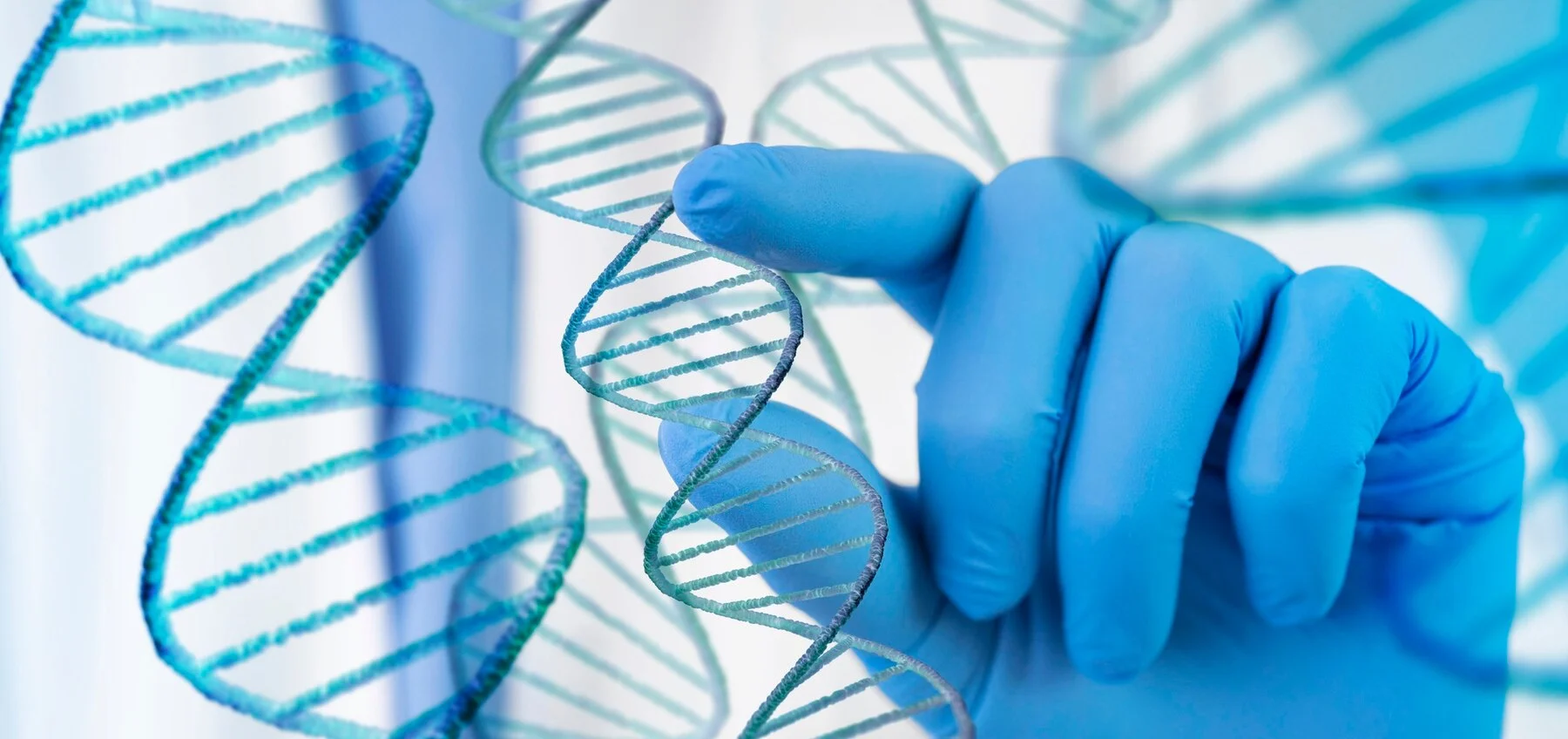In the vibrant realm of genetic science today, DNA testing emerges as a transformative tool, offering insights into our ancestral past, health predispositions, and familial connections. This article endeavors to unpack the intricacies of DNA, delve into the mechanisms underpinning DNA tests, and illuminate the importance of safeguarding individual privacy in the genomic age.
Understanding DNA:
DNA, or Deoxyribonucleic acid, serves as the fundamental blueprint for all life forms. Comprising nucleotides in a double helix structure, DNA dictates biological development, functioning, and reproduction. Grasping its structure and functions is crucial for comprehending the potential of DNA testing, which has transcended laboratory confines to become a pivotal player in unraveling genetic mysteries.
Mechanism of DNA Testing:
DNA tests entail extracting genetic material from an individual, followed by analyzing specific markers or sequences. Advanced techniques like Polymerase Chain Reaction (PCR) and Next-Generation Sequencing (NGS) amplify and sequence DNA, enabling the identification of variations in the genetic code. This comprehensive analysis yields insights into ancestry, health risks, and familial relationships.
Who Conducts DNA Tests:
Specialized laboratories equipped with state-of-the-art technology conduct DNA tests. These facilities may be affiliated with commercial entities, research institutions, or healthcare facilities. Companies like 23andMe and AncestryDNA have democratized access to genetic insights. Behind the scenes, geneticists and bioinformaticians collaborate to ensure test accuracy and reliability.
Ancestry and Family Trees:
DNA testing facilitates unraveling ancestry and constructing family trees by comparing DNA markers with extensive databases. This process enables tracing genetic roots, discovering relatives, and weaving family connections, reshaping the landscape of genealogy.
Privacy Safeguards:
With the rapid adoption of DNA testing, concerns about privacy have arisen. Companies implement robust privacy measures, including data encryption and secure storage, to protect genetic information. Individuals must review privacy policies to make informed decisions about sharing genetic data.
Limitations and Potential Bias:
Despite its benefits, dna test results has limitations, including disparities in ethnic databases and probabilistic results. Understanding these limitations is crucial for interpreting results accurately and making informed decisions.
Conclusion:
DNA testing represents a significant advancement in medical science, providing profound insights into genetics. As the field evolves, individuals are encouraged to approach DNA testing with awareness of its mechanisms, applications, and privacy implications.



